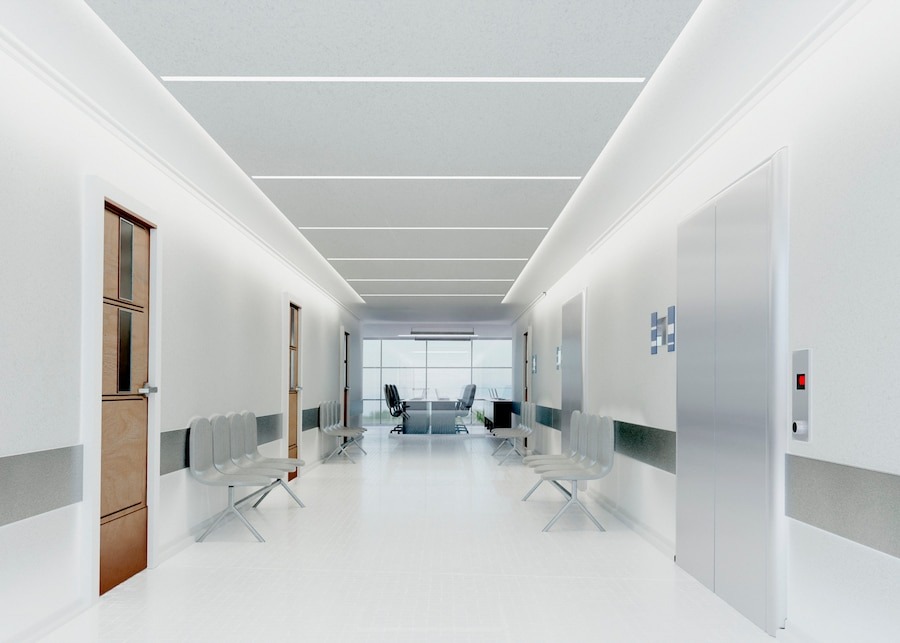
Clean rooms are controlled environments where the concentration of airborne particles is regulated and maintained at very low levels.
They are essential in industries such as pharmaceuticals, microelectronics and biotechnology, where even the slightest contamination can have serious consequences.
If you work in this field, you will know that keeping a cleanroom spotlessly clean is not only a matter of hygiene, but also of ensuring the quality and safety of products and processes.
At Weldon, we offer you a detailed guide to comprehensive cleanroom cleaning.
What is a cleanroom?
The first step to effective cleaning is to understand the classification of your cleanroom. Cleanrooms are classified according to the number and size of particles allowed per cubic meter of air.
These ratings range from ISO 1, which is the most stringent, to ISO 9. Knowing the classification of your cleanroom will help you determine the appropriate cleaning methods and products.
Use approved equipment and materials
Not all materials and equipment are suitable for use in cleanrooms. Use only those that are approved for controlled environments such as: cloths, mops, and specific chemicals that do not release fibres or particles.
In addition, it is crucial that these materials are antistatic and non-reactive with the products used in the cleanroom.
Standard cleaning procedures
Surface cleaning
- Ceilings and walls: start cleaning from the highest to the lowest areas. Use cloths or mops soaked in approved disinfectant solutions.
- Floors: use a damp mop with unidirectional movements to avoid lifting particles.
- Work surfaces: clean tables and equipment with disposable cloths and appropriate disinfectants. Pay special attention to high contact areas.
Air cleaning
- HEPA filters: check and replace HEPA filters regularly according to the manufacturer’s instructions. The efficiency of these filters is crucial to maintaining air quality.
- Ventilation systems: clean and disinfect air ducts and ventilation units to prevent the accumulation of dust and microorganisms.
Staff and entry procedures
Staff are a potential source of contamination. Make sure everyone follows these steps before entering the cleanroom:
- Appropriate clothing: all staff should wear special clothing, including gowns, gloves, masks and caps that completely cover the hair.
- Entry procedures: implement a strict entry procedure that includes hand washing and disinfection, as well as the use of footbaths or adhesive mats to prevent the entry of particles through footwear.
Registration and monitoring
Keep a detailed record of all cleaning activities. This not only helps to ensure that all tasks are completed on time, but also provides a history that can be useful in case of audits or inspections.
- Airborne particles: use particle counters to monitor air quality in real time.
- Microorganisms: perform regular microbiological tests to detect any biological contamination.
Ongoing training
Cleanroom cleaning is a specialised task that requires ongoing training. Ensure that all staff are up to date on cleaning procedures and best practices.
Conduct regular training sessions and revise procedures regularly to incorporate the latest regulations and technological advances.
Evaluation and constant improvement
Cleanroom cleaning is an evolving process. Regularly evaluate your methods and look for areas of improvement. Implement new technologies and products that can increase cleaning efficiency and effectiveness. Maintain an open dialogue with your team to identify problems and solutions.
Do you need a professional cleaning service for your hospital, clinic or office? Weldon is your solution.
Contact us now and find out how our Facility Services expertise can improve your work environment.